Buy Flemish Fair, Jan Brueghel de Oude as a reproduction on canvas, ArtFrame, poster and wallpaper, printed on demand in high quality.
About "Flemish Fair, Jan Brueghel de Oude"
About the artwork
Flemish Fair, Jan Brueghel de Oude
This magnificent landscape (in perfect condition) depicts a Kermis or fair, during which a religious festival is celebrated by a rustic street party. The subject had been treated by Pieter Bruegel the Elder, in his Peasant Dance of c.1568 as a Vanity Fair of drink-fuelled folly and vice. Jan Brueghel by contrast sees the Kermis as an emblem of the happiness of a well-ordered society at play. He adopts his father's technique, of the universal panorama of life, with as many legible mini-incidents as space and ingenuity permit. This small copper is an inexhaustible record of life, which its original owner must have spent many hours reading. In the background bystanders kneel before the religious procession approaching the church. The pub in the left background is full; amongst many groups we can just make out a ring of peasants playing dice on a tree-stump table. In the middle ground two groups of peasants dance in a ring to the sound of bagpipes and hurdy-gurdy; a pair of children are trying to learn the same moves. One elderly woman in the near group has a ring of keys held on a cord, which flies out from her waist as she spins. Behind the nearer ring to the right there is a toy-seller (who has recently sold a hobbyhorse), a beggar or peddler in red talking to a man and his wife who appear to be in biblical fancy dress. The festivities are enjoyed by two groups of prosperous middle-class observers: one group of gallant young lovers (in the
Old Master collections
Discover more Old Masters in the following collections:
 Germany
Germany Ordered in January 2021
Ordered in January 2021
 Netherlands
Netherlands Ordered in March 2018
Ordered in March 2018
 Germany
Germany Ordered in November 2024
Ordered in November 2024
 Netherlands
Netherlands Ordered in February 2022
Ordered in February 2022
 Netherlands
Netherlands Ordered in August 2023
Ordered in August 2023
 Germany
Germany Ordered in March 2025
Ordered in March 2025
 Germany
Germany Ordered in September 2019
Ordered in September 2019
 Germany
Germany Ordered in February 2023
Ordered in February 2023
 Germany
Germany Ordered in July 2020
Ordered in July 2020
 Germany
Germany Ordered in March 2021
Ordered in March 2021
 Netherlands
Netherlands Ordered in October 2021
Ordered in October 2021
 Germany
Germany Ordered in November 2024
Ordered in November 2024
About the material
ArtFrame™
Interchangeable Art Prints
- High-quality print
- Easily interchangeable
- Acoustic function
- Large sizes available
Discover the Old Masters collection
 Portrait of a man with collar, Rembrandt
Portrait of a man with collar, Rembrandt Portrait of a man, anonymous - 1633
Portrait of a man, anonymous - 1633 Henri Matisse. Blue nude
Henri Matisse. Blue nude Oceanides, Akseli Gallen-Kallela
Oceanides, Akseli Gallen-Kallela Sunset, Hendrik Willem Mesdag
Sunset, Hendrik Willem Mesdag Self-portrait, Adriaen van de Venne
Self-portrait, Adriaen van de Venne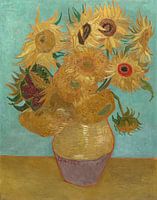 Vincent van Gogh. Sunflowers
Vincent van Gogh. Sunflowers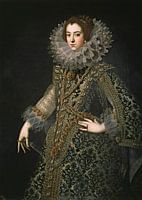 Queen Elizabeth of Bourbon
Queen Elizabeth of Bourbon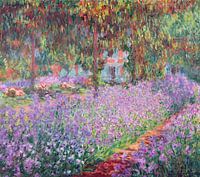 The Artist's Garden at Giverny, Claude Monet
The Artist's Garden at Giverny, Claude Monet American Flamingo, original
American Flamingo, original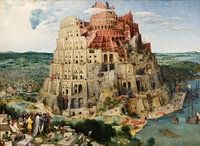 The Tower of Babel, Pieter Bruegel
The Tower of Babel, Pieter Bruegel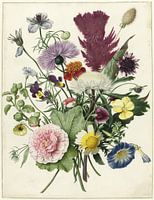 Bouquet of flowers on white background (seen at VT Wonen)
Bouquet of flowers on white background (seen at VT Wonen)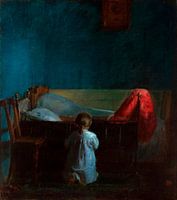 Evening prayers, Anna Ancher
Evening prayers, Anna Ancher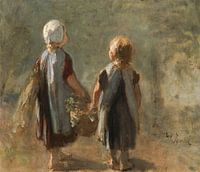 Two little girls carrying a basket - Jozef Israels
Two little girls carrying a basket - Jozef Israels Rocks by the sea, Paul Gauguin - 1886
Rocks by the sea, Paul Gauguin - 1886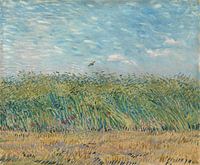 Vincent van Gogh, Cornfield with partridge
Vincent van Gogh, Cornfield with partridge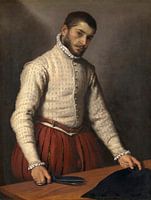 The Tailor, Giovanni Battista Moroni
The Tailor, Giovanni Battista Moroni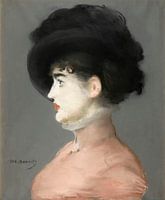 Irma Brunner, Édouard Manet
Irma Brunner, Édouard Manet Sunset on the Seine at Lavacourt, Claude Monet
Sunset on the Seine at Lavacourt, Claude Monet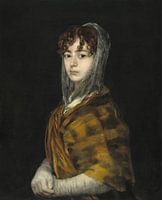 Francisca Sabasa y Garcia - Portrait woman old master of Francisco Goya
Francisca Sabasa y Garcia - Portrait woman old master of Francisco Goya
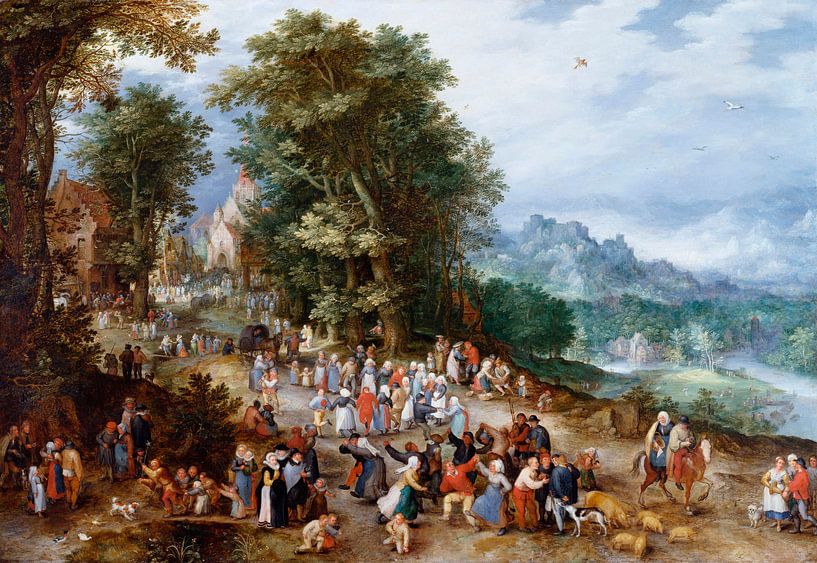
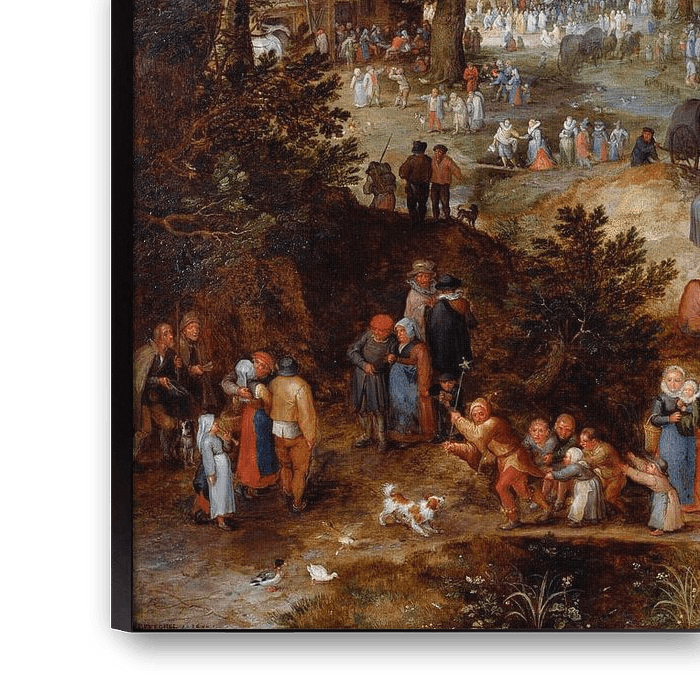
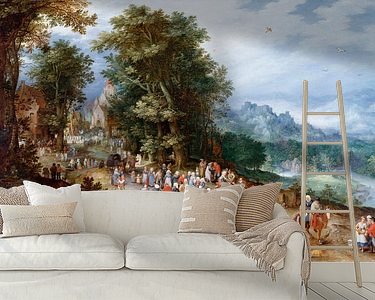


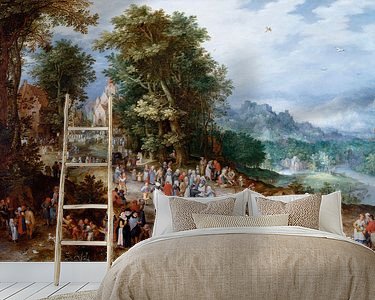
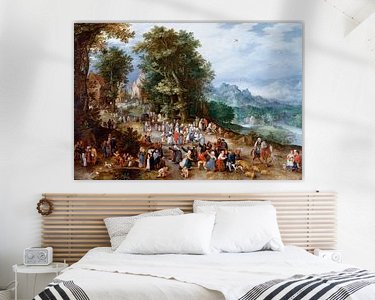




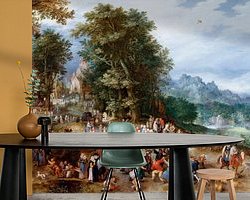
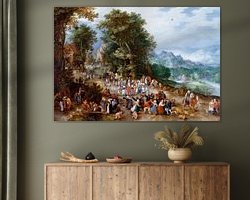
 Baroque
Baroque Jan Brueghel de Oude
Jan Brueghel de Oude Joyful Moments
Joyful Moments Old masters
Old masters Serene Peace
Serene Peace









